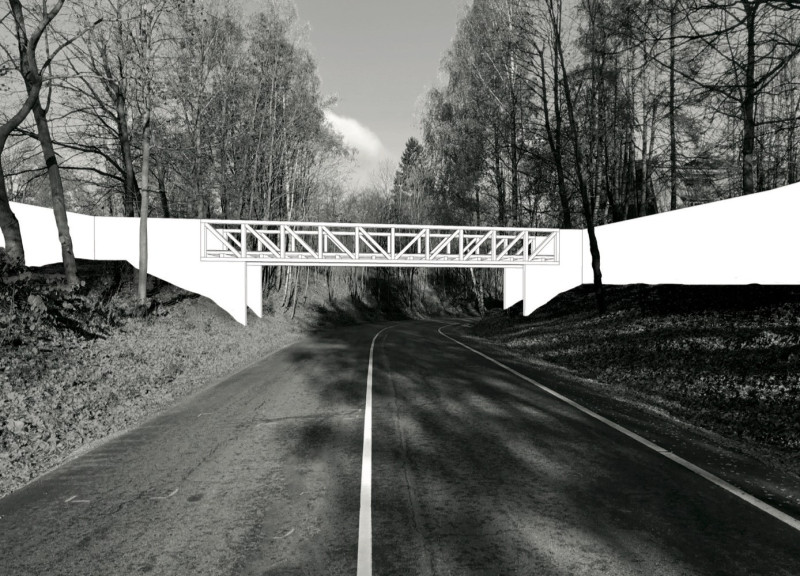5 key facts about this project
At its core, the project serves as a multi-functional space, catering to diverse needs and activities. Whether designed for residential use, communal gathering, or commercial purposes, the architecture promotes interaction and connectivity. The layout is meticulously organized to facilitate movement and accessibility, ensuring that all areas are usable and effectively connected. Open spaces encourage collaboration and engagement, while private nooks provide necessary respite and personal space.
The design concept is rooted in its relationship with the surrounding environment. Local weather patterns, topography, and natural light are critical factors that have influenced the orientation and form of the building. Large windows and skylights are strategically placed to maximize natural light, reducing reliance on artificial lighting while creating a warm ambience within the interior spaces. This approach not only enhances the well-being of the inhabitants but also aligns with sustainable architectural practices.
Materiality plays a pivotal role in this project, reflecting both aesthetic considerations and functionality. A selection of materials has been employed to achieve a balance between modernity and durability. Among them are locally sourced timber, which adds warmth and textural richness to the design, alongside glass that fosters transparency and invites the outdoors in. Steel reinforcements are subtly integrated, providing structural support while allowing for expansive open areas without compromising stability. Additionally, sustainable materials such as recycled concrete may be utilized, emphasizing the project's commitment to responsible building practices.
Unique design approaches in this project include a focus on biophilic elements that connect occupants with nature. Incorporating green roofs and living walls not only enhances the aesthetic appeal but also contributes to biodiversity and improves air quality. The building's form may also mimic natural shapes, further incorporating the surrounding landscape into its identity. The careful consideration of local flora and fauna in the landscape design underscores a commitment to ecological sensitivity, reinforcing the idea that architecture can be a force for environmental good.
Sustainability extends to energy efficiency, where the strategic use of passive design principles reduces energy consumption. Features such as thermal mass, shading devices, and energy-efficient systems contribute to lower operational costs while minimizing the environmental footprint. Such initiatives are aligned with contemporary architectural practices that prioritize long-term viability and environmental stewardship.
The visual language of this architectural project speaks to a modern sensibility while respecting traditional influences inherent to the locality. The façade might showcase a dialogue between rough and smooth finishes, creating a dynamic interplay that draws the eye and invites exploration. This aesthetic engagement encourages passersby to pause and appreciate the craftsmanship while serving the functional demands of the users.
In summary, the project exemplifies a thoughtful approach to architecture that considers context, function, and sustainability. The meticulous attention to detail and the integration of innovative materials resonate with users and the surrounding community. Readers who are keen to delve deeper into the nuances of this project are encouraged to explore its architectural plans, sections, and overall designs to capture the full scope of this remarkable endeavor. Insight into the architectural ideas and elements that shape this project can provide valuable perspectives on contemporary architectural practice and philosophy.


























